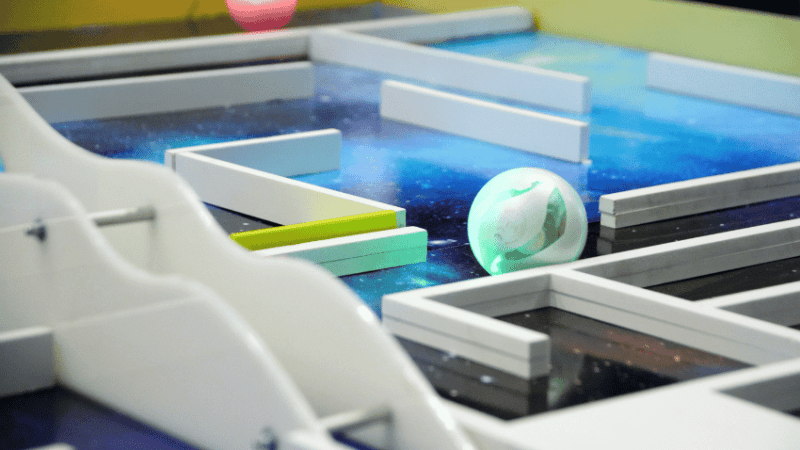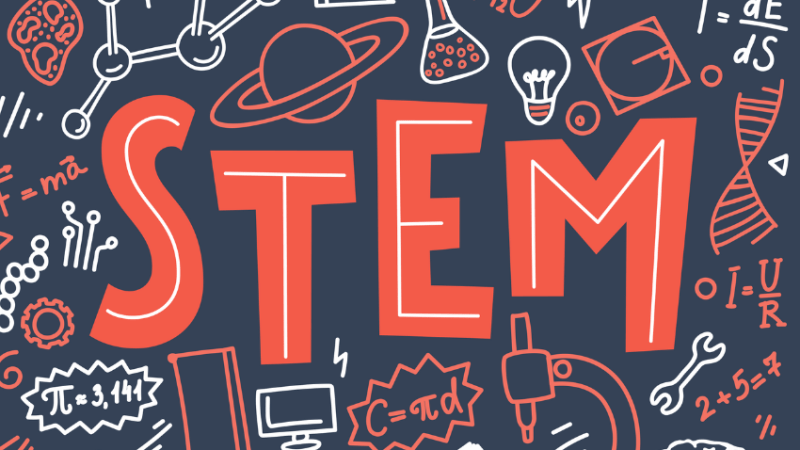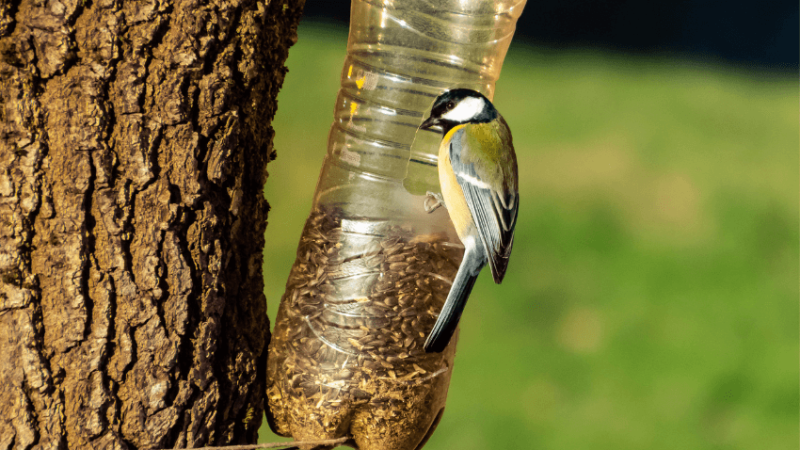What is a Makerspace and why does your Primary School need one?
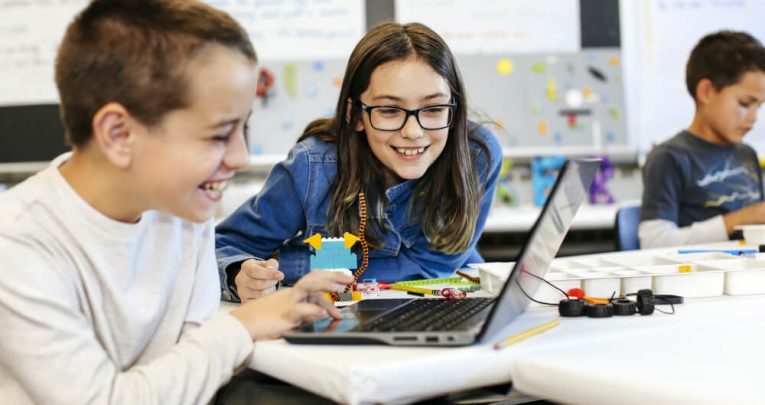
Tinker, tailor, inspire, build with your very own makerspace, says Joslyn Adcock…
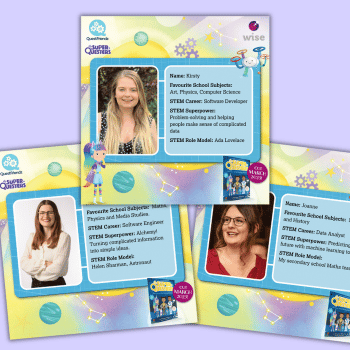
When it comes to STEM learning, we still seem to be battling the challenge of teaching these subjects in isolation. It’s then up to students to join the dots and work out how what they have learnt can be applied in real-world scenarios and careers.
Is there any wonder then that there is a shortfall (estimated to be around 40,000 employees each year) in graduates with STEM skills? A great way to address this is to bring the arts into STEM to inspire children to be creative and flexible thinkers.
From STEM to STEAM
While STEM subjects arm students with key skills including problem-solving, designing and engineering, STEAM learning encourages more creative thinking, often through hands-on, visual learning.
This can be adapted for any student and provides a more flexible approach to explore, use imaginations and trial different solutions.
Recently, there has been a bigger focus around having a physical space to allow children to really think outside the box and learn in a more tactile way. The solution? A makerspace.
What is a makerspace?
There is nothing complicated about a makerspace, it does exactly what it says on the tin. It can be any space where learners make, create, invent and tinker! As author John Burke, says, “Wherever making happens is a makerspace”.
Having a dedicated area allows pupils to create, innovate and solve problems.
Makerspaces should have a varied range of activities to make them as accessible for everyone taking part, whether teachers, parents or children. A selection of materials is also useful; think cardboard, feathers, building bricks or pipe cleaners.
The point is that children should be able to take any material they have to hand and use their imaginations to create something.
The good news is that it doesn’t have to be expensive. A makerspace can be created anywhere; inside the classroom, the playground or the local community centre.
As long as they have access to the materials and a space to get creative, it’ll allow them to unleash their imagination, develop creative design skills and understand how to work with different materials – all vital skills for the future!
What makes a ‘Maker’?
To really understand the benefits of a makerspace, you need to identify what makes a ‘Maker’.
A Maker is curious, enthusiastic and keen to explore concepts across all genres including art, maths, science, engineering and crafts. They have a ‘can-do’ attitude and they aren’t afraid to fail; they know that each mistake and experience brings them one step closer to the answer.
It’s important to reassure them that mistakes often lead to new discoveries and this is something that will be incredibly valuable in all aspects of their lives.
Connecting the dots
Bringing in the arts allows students to understand the purpose of what they’re learning and how it connects to the real world in a visual sense. Recently, we worked with Raising Robots as part of RE:CODE London to explore solutions to London’s pollution problem.
We asked students to design and construct their own electric vehicles; everyone came up with completely different designs and solutions.
Every child is individual; one student may come up with a solution that’s completely different to another, and it’s important that they understand that this is OK.
After that, collaboration between peers can help them to identify the strengths and weaknesses, which will then help them to refine, redesign and better the end result.
On a similar note, activities should be open-ended to allow students the opportunity to interpret them however they want. This gives them the freedom to try multiple different avenues until they are happy with the final outcome.
Makerspaces can lead to unexpected and exciting outcomes and creating this kind of environment allows children to collaborate, share ideas and most importantly, have fun.
It’s this combination that helps to engage and inspire, and can ultimately ignite a passion for STEAM learning, both in school and beyond.
5 tips for creating your makerspace and being a maker
- Making can happen anywhere!
Find your space and remember – all you need is a big enough area for children to get creative. We’ve seen lots of schools using classrooms, libraries, and STEM labs; with the right materials and space, anywhere works! - All about the arts and crafts
Now you’ve found your space, it’s time to get creative and think outside the box! Using your STEM base – whether its LEGO bricks, robots or models – see how you can incorporate the arts and watch creations come to life. From tissue paper and plasticine to pipe cleaners and egg boxes, you’ll see prototypes go from zero to hero in no time! - Just keep building
Being a maker includes designing and finding solutions to problems. Throughout the learning process, things won’t always go right, but if you make it fun children are more likely to try again. Once that lightbulb moment hits and the problem is solved, it really is priceless! - Supporting material
With so much freedom and creativity to explore, the opportunities are endless. To get you started, there are a number of ideas, activities and curriculum-aligned projects out there that you can use, including our own range of LEGO Education Maker Lesson Plans for preschool, primary and secondary schools. - Learning without limits
A makerspace is what you and your pupils make of it. It’s all about having fun, encouraging creativity and introducing children to STEAM learning. By introducing playful learning and tinkering, combined with activities and open-ended tasks, you’ll be on the road to success!
The ultimate makerspace starts with curiosity. For more inspiration visit: education.lego.com/en-gb/makerspace.
Joslyn Adcock is the marketing manager at LEGO Education.



